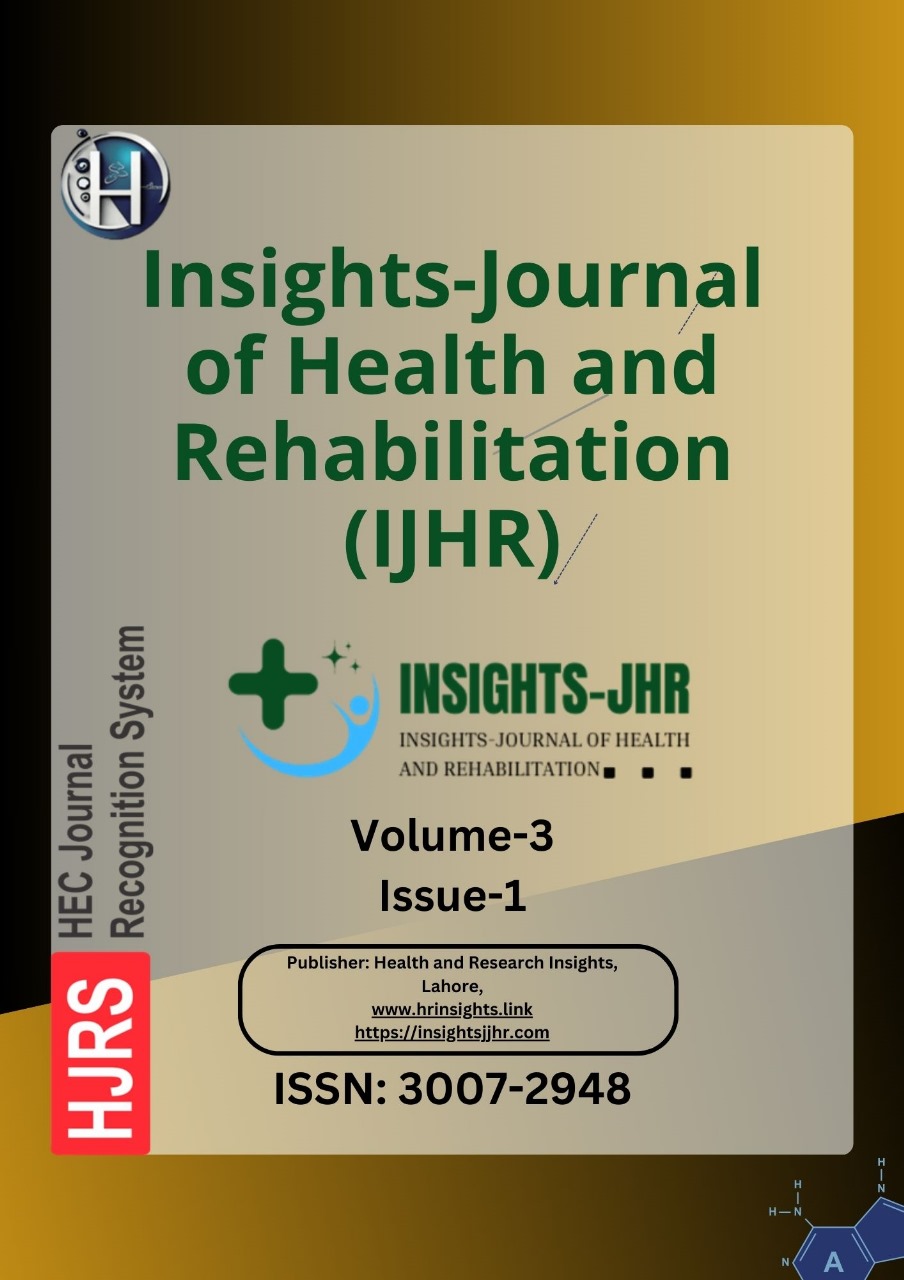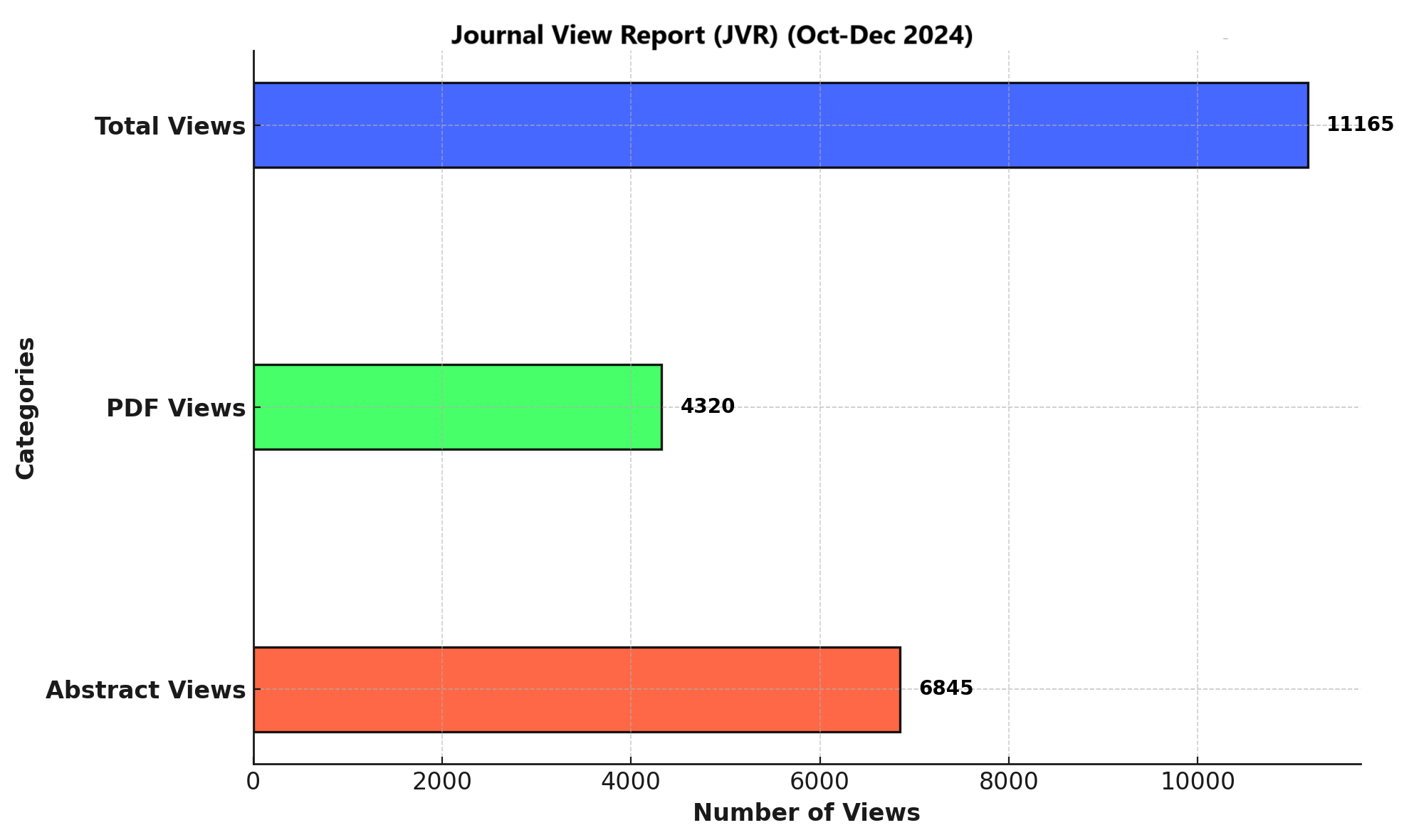UNSAFE SIPS: PREVALENCE OF PATHOGENIC BACTERIAL DIVERSITY IN DRINKING WATER OF KHAIRPUR CITY PAKISTAN
DOI:
https://doi.org/10.71000/h9r7za07Keywords:
Antimicrobial Resistance, Bacterial Contamination, Drinking Water, Enterobacteriaceae, Microbial Diversity, Primary Schools, Waterborne DiseasesAbstract
Background: Access to clean drinking water is vital for public health, yet contaminated water remains a leading cause of morbidity and mortality worldwide. In Pakistan, approximately 30% of diseases and 40% of deaths are waterborne, disproportionately affecting children in vulnerable environments such as schools. Poor water quality poses a significant risk to children's health, necessitating studies to assess microbial contamination and antimicrobial resistance in drinking water.
Objective: To evaluate the microbial quality of drinking water in government primary schools in Khairpur, Pakistan, by identifying bacterial diversity, prevalence of pathogenic bacteria, and antimicrobial resistance patterns.
Methods: A total of 42 water samples were collected from primary schools across six union councils in Khairpur. Total viable counts (TVC) were determined using serial dilution methods, and coliforms were detected using the membrane filtration method in accordance with WHO protocols. Bacterial isolates were identified and subjected to antimicrobial susceptibility testing using the MicroScan WalkAway 96 plus system. Sensitivity profiling was performed to determine resistance patterns, including multidrug-resistant (MDR) and extended-spectrum β-lactamase (ESBL) production.
Results: Microbial contamination exceeded acceptable limits in all samples, with TVC ranging from 9,900 to 23,300 CFU/mL. Coliforms were detected in 57% of samples, and Escherichia coli was the most prevalent pathogen, constituting 47% of identified isolates. Among the 28 coliform isolates, 21.4% were identified as MDR, and 10% were ESBL producers. Antibiotics such as tigecycline, meropenem, and imipenem demonstrated the highest efficacy, whereas ampicillin and amoxicillin were the least effective.
Conclusion: This study highlights the poor microbial quality of drinking water in Khairpur's primary schools, posing significant health risks to children. Immediate measures, including improved water treatment and regular monitoring, are crucial to mitigating the burden of waterborne diseases.
Downloads
Published
Issue
Section
License
Copyright (c) 2025 Sadam Shaikh (Author)

This work is licensed under a Creative Commons Attribution-NonCommercial-NoDerivatives 4.0 International License.







